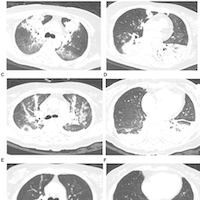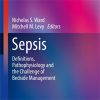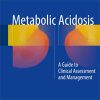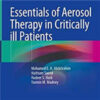TAPSE Has Superior Predictive Value vs. RV/LV Ratio in Normotensive Patients with Acute Pulmonary Embolism
ncbi.nlm.nih.gov
Right ventricular dysfunction (RVD) is an indicator of poor prognosis in normotensive patients with acute pulmonary embolism (APE). The aim of this study was to compare right ventricular (RV)/left ventricular (LV) ratio measured by echocardiography and multidetector computed tomography (MDCT) with tricuspid annulus plane systolic excursion (TAPSE) as a prognostic factor of APE-related 30-day mortality.
The TAPSE is preferable to echo and MDCT RV/LV ratio for risk stratification in initially normotensive patients with APE. The TAPSE ≤ 15 mm identifies patients with an increased risk of 30-day APE-related mortality.
30-day APE-related mortality was 10.5% (8 patients).
The area under the curve (AUC) for TAPSE in the prediction of APE-related mortality was higher than the AUC of the echo RV/LV ratio and MDCT RV/LV ratio.
76 patients were examined with confirmed APE, hemodynamically stable at admission.
The prognostic value of RV/LV ratio was evaluated in the apical 4-chamber view and TAPSE measured at echocardiography and the MDCT RV/LV ratio.
















